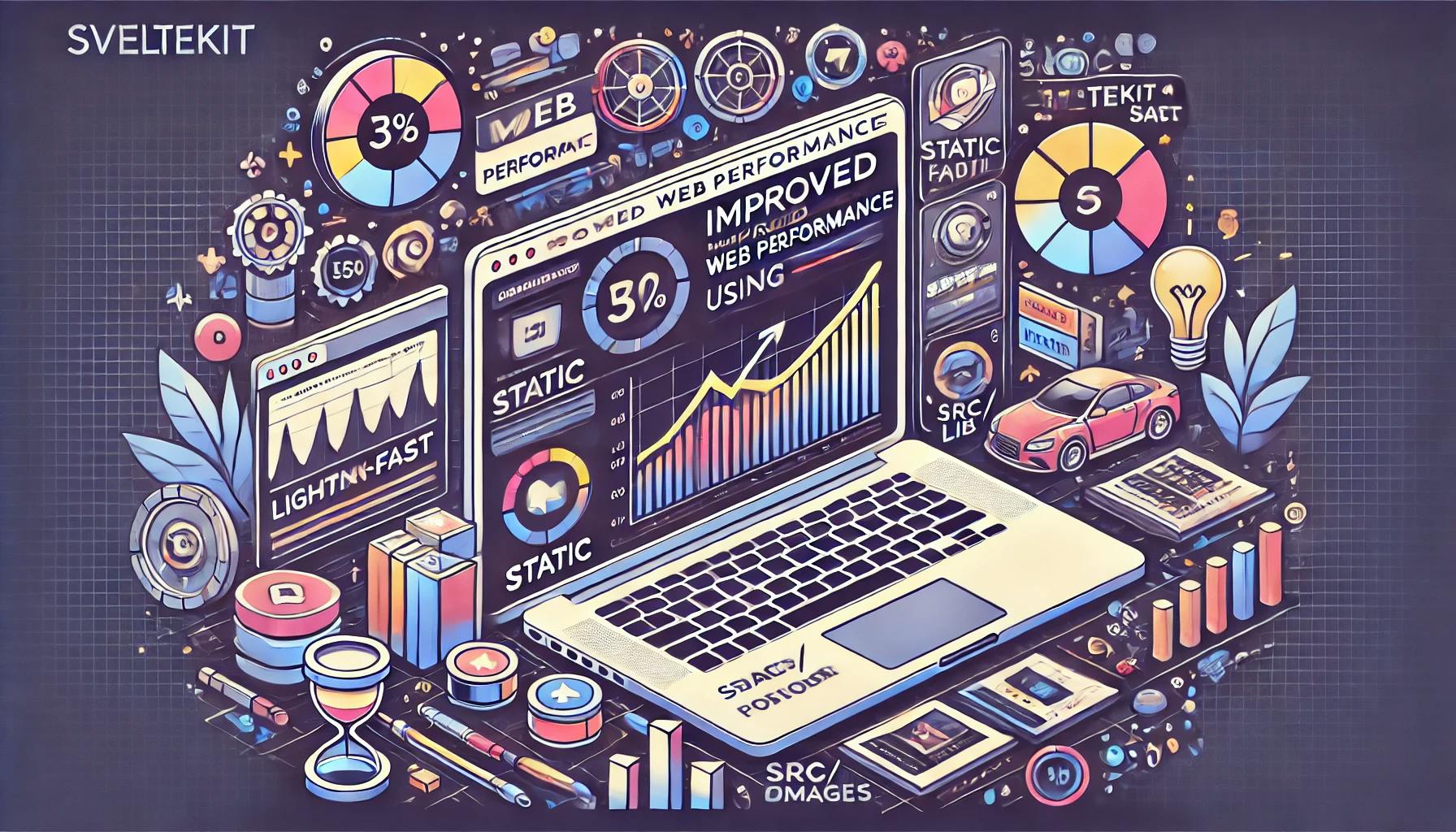Solving the Unintended Form Submission Dilemma Using A Simple HTML Button Type Fix


When developing forms, it's crucial to understand how different elements interact within the form, particularly buttons.
A common oversight is the unintentional form submission triggered by buttons, which can lead to data loss or unexpected behavior.
This post delves into this issue and provides a straightforward solution that is applicable across various web development frameworks, including SvelteKit.
When you place a button inside a form, its default behavior is to submit the form unless you explicitly handle the button's action. This can lead to unintended form submissions, if not managed correctly.
Consider the following code snippet, which illustrates this issue:
<script>
function formResetter() {
console.log('function called');
Object.keys($form).forEach((key) => {
$form[key] = ''; // Set each key to an empty string
});
}
</script>
<form method="post">
<div class="flex w-full flex-row gap-5">
<button class="btn btn-primary flex-grow">Submit</button>
<!-- This button unintentionally submits the form -->
<button
on:click={formResetter}
class="btn btn-square btn-outline btn-primary"
>
Run Function Button
</button>
</div>
</form>In this code snippet, both
buttons are within a<form>element. The secondbutton, intended to run a JavaScript function without submitting theform, but thisbuttontriggers aformsubmission. This happens because, by default,buttons within aformare of typesubmit, causing theformtosubmitwhen clicked.
The solution to this problem is surprisingly simple—explicitly define the button's type attribute as button:
<script>
function formResetter() {
console.log('function called');
Object.keys($form).forEach((key) => {
$form[key] = ''; // Set each key to an empty string
});
}
</script>
<form method="post">
<div class="flex w-full flex-row gap-5">
<button class="btn btn-primary flex-grow">Submit</button>
<button
type="button"
on:click={formResetter}
class="btn btn-square btn-outline btn-primary"
>
Run Function Button
</button>
</div>
</form>By setting type="button", we instruct the browser that this button's purpose is not to submit the form, thus preventing unintended form submissions when it's clicked. This minor yet impactful change ensures that the button fulfills its intended function without interfering with the form's behavior.
While the solution is straightforward, understanding the underlying mechanics is beneficial for web developers. In HTML forms, the default type for a button is submit, which means without specifying the type, any button within a form will submit it upon being clicked. By explicitly setting the type to button, we override this default behavior, making our intentions clear both to the browser and to anyone else reading the code.
This practice is not just limited to SvelteKit but is applicable in any HTML-based web development framework. It highlights the importance of being explicit about element behaviors in your code, ensuring that each element behaves as intended.

Improve caching and performance in SvelteKit by importing images from src/lib instead of static. Learn why and how this approach works.

Learn how to use the GitHub REST API to read and display files like sitemap.xml in your SvelteKit application. A step-by-step guide for developers.